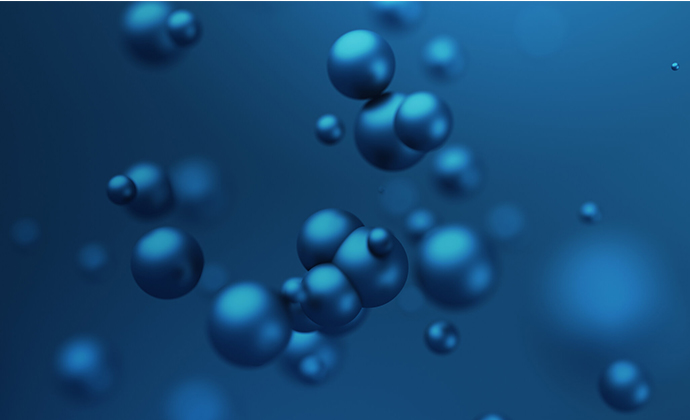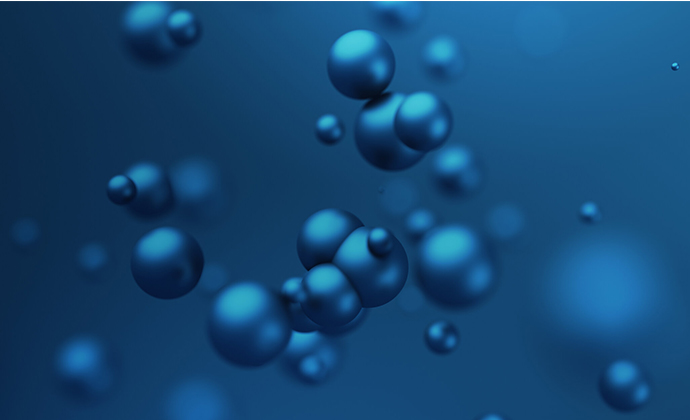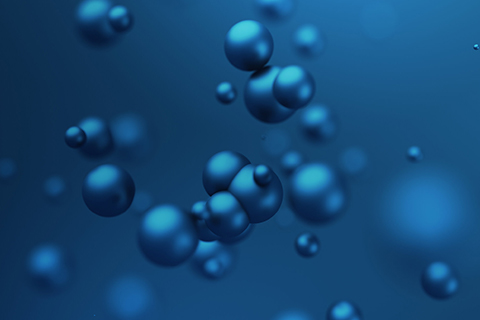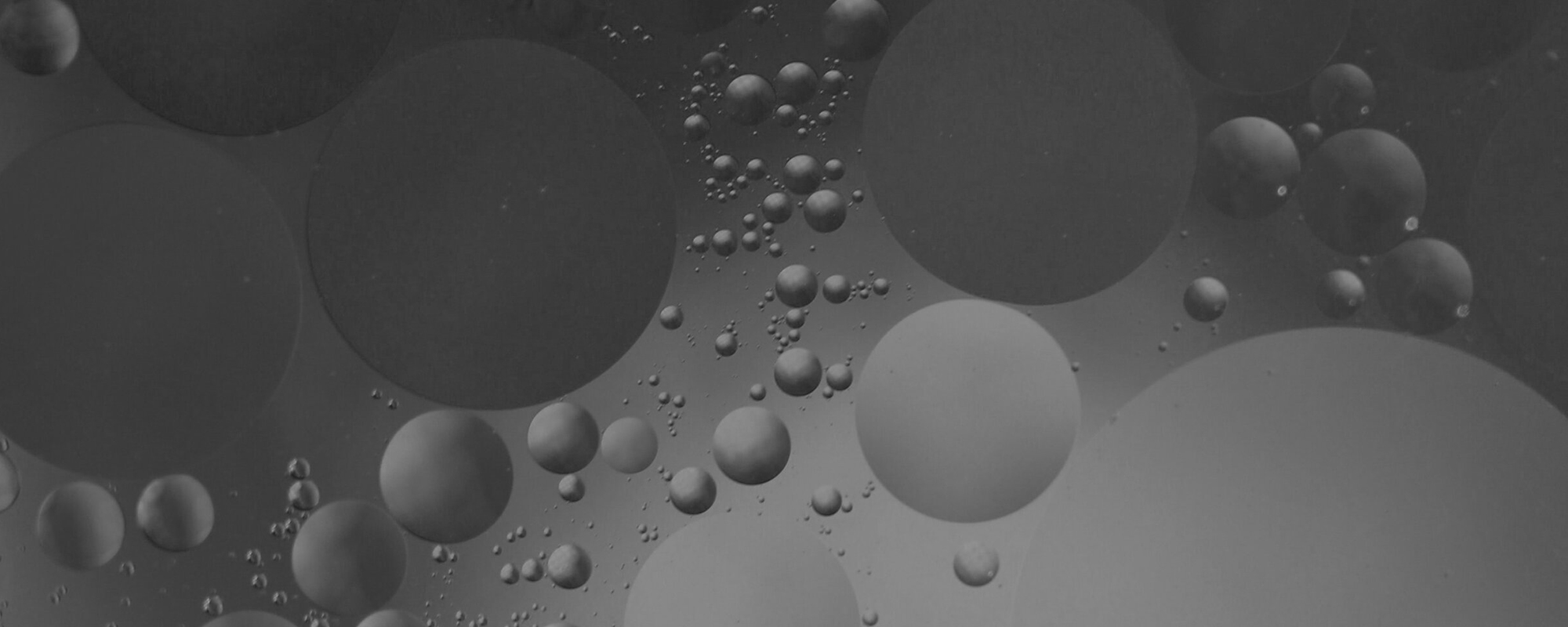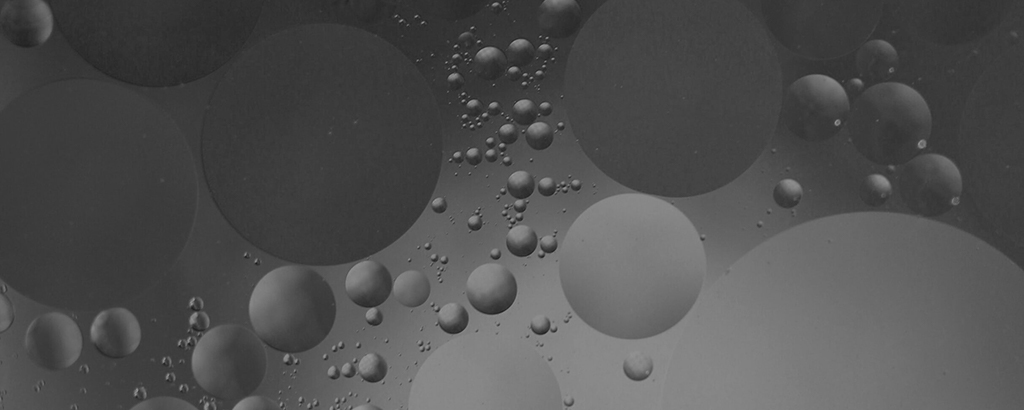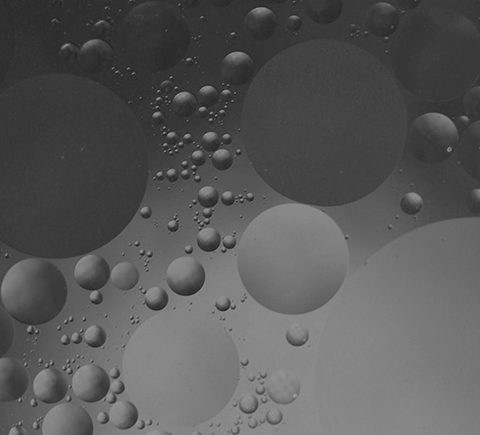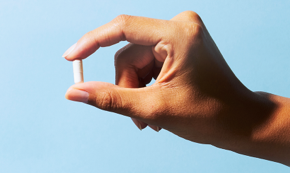NAD vs. NAD+ vs. NADH: What’s the Difference?
Updated on: May 15, 2024 Reviewed by: Tru Niagen Scientific Affairs NAD (nicotinamide adenine dinucleotide) is a collective term for all the different forms the molecule takes throughout the various chemical processes it goes through in our bodies. However, you might find several supplement options that list NAD+ or NADH as the active ingredient. Is this different from NAD without the “+” symbol or “H” at the end?
Yes and no. Whenever someone uses the acronym NAD, what they are really describing is a process and not just one definitive molecule. NAD is found in two different molecular structures: NAD+ and NADH.
Nicotinamide riboside (NR), a key ingredient in supplements like Tru Niagen, offers a more efficient way to boost cellular levels of NAD+ because it can enter cells directly. Unlike NAD+ and NADH, which are too large to cross the cell membrane, NR is a smaller precursor molecule that can be transported into the cell more readily. Once inside, NR is efficiently converted into NAD+ through specific enzymatic pathways.
The Transformation of NAD+ to NADH
NAD+ and NADH are really depicting the same molecule undergoing a transformation. To illustrate this process, it’s best to observe NAD’s role in the mitochondria. Our mitochondria work hard to produce the energy our cells need to properly function. Mitochondria function like electric generators, commonly known as “the powerhouses of the cell.” NAD is a key component in this energy-making process.
NAD is first introduced in this energy cycle as NAD+. NAD+ is what you might call the “raw” form of NAD. It simply acts as a vehicle. Creating NAD+ is like manufacturing the body of a pickup truck. It’s brand new and doesn’t have any cargo in the truck bed. However, it will soon use its cargo space to carry forth critical components to the enzymes of the cell, including mitochondrial enzymes.
NADH is what you might call the “loaded” form of NAD. Using the pickup truck metaphor, NADH is like a truck with cargo. In this form, NADH is carrying a charged hydrogen molecule with two electrons. NADH’s primary purpose is to bring these charged electrons to the mitochondrial enzymes needed for the energy-making process.
Notice that NADH does not carry the “+” symbol. This is because the negatively charged hydrogen molecule cancels the positively charged NAD+ molecule.
Once NADH arrives at the enzymes, it drops off the negatively charged electrons and expels the hydrogen atom, subsequently becoming NAD+ again. The rest is taken care of by the enzymes.
After the drop-off, NAD+ is now an empty pickup truck again, and can collect and drop off more negatively charged electrons.
Understanding NADH Supplements
NADH supplements have gained popularity for their purported health benefits, which include providing an energy boost and enhancing cognitive function. NADH, or nicotinamide adenine dinucleotide + hydrogen, is a coenzyme found in all living cells and plays a key role in energy production.
These supplements are believed to support cellular energy metabolism and may aid in combating fatigue and improving mental clarity. Recommended dosages vary depending on individual needs and should be discussed with a healthcare professional.
When selecting a high-quality supplement, it's essential to look for reputable brands that use pure ingredients and have undergone third-party testing for potency and purity. In addition, the different forms of NADH supplements, such as oral capsules versus sublingual tablets, can have different levels of bioavailability.
NADH in Foods: Natural Sources
Foods rich in NADH or its precursors span various food groups. Meats like beef, chicken, and turkey contain high levels of tryptophan, an amino acid crucial for NADH synthesis. Similarly, fish such as salmon and tuna, along with dairy products like cheese and milk, provide tryptophan and essential B vitamins necessary for NADH production.
Legumes like lentils and soybeans are also rich in tryptophan, while nuts and seeds like pumpkin seeds and sunflower seeds offer this amino acid along with other nutrients like magnesium and B vitamins. Vegetables such as spinach and mushrooms contribute tryptophan as well as additional minerals and vitamins needed for NADH synthesis. Avocado and bananas also offer tryptophan and essential nutrients like B vitamins and potassium, supporting natural NADH levels.
Incorporating these foods into one’s diet can be achieved through balanced meals, smart snacking, and diverse meal ideas such as smoothies, salads, stir-fries, and omelets. Ensuring hydration and regular exercise further supports overall energy levels and metabolism, crucial for optimal NADH production.
NADH Considerations
When considering the use of NADH supplements, it's crucial to be aware of their potential interactions and the importance of taking necessary precautions. NADH can interact with certain medications, especially those prescribed for psychiatric and neurological disorders, making it essential to consult with a healthcare provider before starting supplementation.
Special caution is advised for pregnant or breastfeeding women, as well as individuals with specific health conditions like bipolar disorder. To ensure safety, follow these precautions: adhere to the recommended dosage, choose supplements from reliable sources, monitor for any adverse side effects, and consult with your healthcare provider as needed.
Since NADH supplementation requires careful consideration and medical guidance, it's generally not recommended without the advice of a healthcare professional. Proper storage of supplements is also critical to maintain their effectiveness.
If you're exploring alternatives that might be easier to integrate into your health regimen, consider nicotinamide riboside (NR). Like NADH, NR aims to boost your NAD+ levels but often with fewer restrictions and interactions, making it a worthwhile option to discuss with your healthcare provider. Prioritizing safety and making informed decisions with professional guidance remain paramount in choosing the right supplement for your needs.
NAD Is Key
As electrons are shuttled by NAD, it toggles between two forms: NAD+ and NADH, depending on its role in cellular processes. Thus, the focus isn't solely on increasing NADH, since it's a product of NAD+ undergoing a specific stage of its journey. Supplements marketed as "NADH boosters" might be misleading because they primarily aid in the production of NAD+ first, the precursor to NADH.
The crucial aspect to consider is the balance between NAD+ and NADH within the body. While the ideal ratio remains uncertain, studies suggest that a higher NAD+ to NADH ratio is beneficial. A low ratio has been associated with issues like mitochondrial dysfunction and accelerated aging.
Therefore, when examining supplements labeled as NAD boosters, the emphasis on NAD+ is pivotal. By increasing NAD+, the body naturally generates more NADH. Prioritizing NAD+ underscores the essence of what cells truly require for optimal function. For instance, supplements like Tru Niagen primarily focus on enhancing NAD+, acknowledging its pivotal role in cellular metabolism and overall health.
Answers to Common NAD vs. NADH Questions
What is NAD?
NAD is a collective term for the molecule nicotinamide adenine dinucleotide, which plays a crucial role in cellular energy production across various forms.
How do NAD+ and NADH relate to NAD?
NAD+ and NADH are two forms of NAD. NAD+ acts as a carrier in the energy production process, while NADH carries crucial electrons and hydrogen.
What distinguishes NAD+ from NADH?
NAD+ carries a positive charge and transports electrons within mitochondria for energy production. NADH, bearing these electrons and a hydrogen ion, represents NAD+ in its "loaded" form.
How does Tru Niagen influence NAD+ levels?
Tru Niagen increases NAD+ levels by using nicotinamide riboside (NR), a novel form of vitamin B3 that efficiently boosts NAD+. This enhancement of NAD+ can facilitate the natural production of NADH, crucial for energy metabolism and overall cellular health.
Can dietary choices boost NADH levels naturally?
Yes, foods rich in tryptophan and B vitamins, like meats, fish, dairy, and certain vegetables and fruits, can increase NADH levels through natural synthesis.
How does Tru Niagen differ from NADH supplements?
Tru Niagen differentiates itself by focusing on boosting NAD+ levels rather than directly increasing NADH. It uses nicotinamide riboside (NR) to safely and effectively elevate NAD+, which is essential for the body's natural production of NADH. This strategy is grounded in the scientific understanding that a higher NAD+/NADH ratio supports better mitochondrial function and overall cellular health. Unlike other supplements that may supply NADH directly, Tru Niagen enhances the precursor NAD+, ensuring effective energy production and cellular vitality.
Related Posts





Functions of NAD+ in Your Body
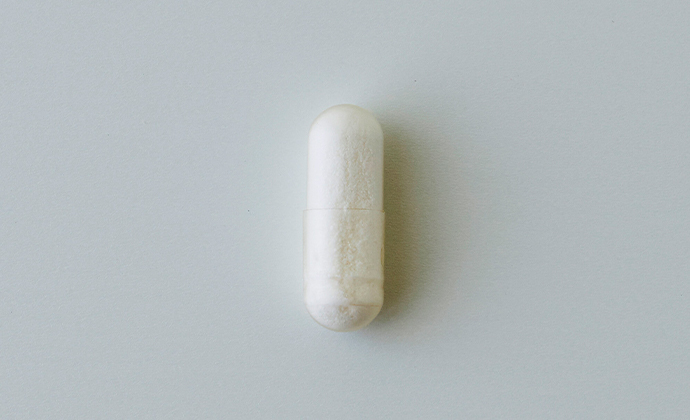


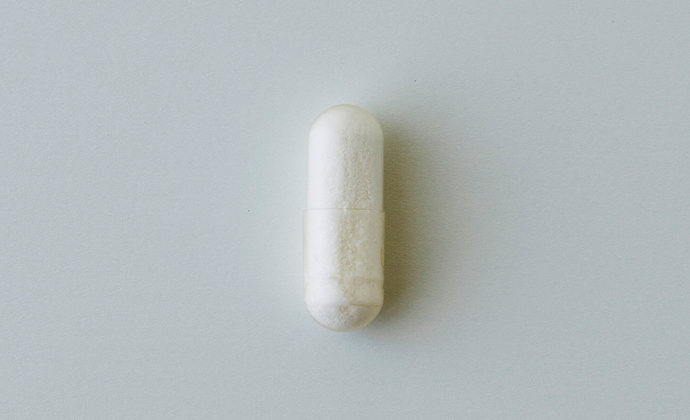
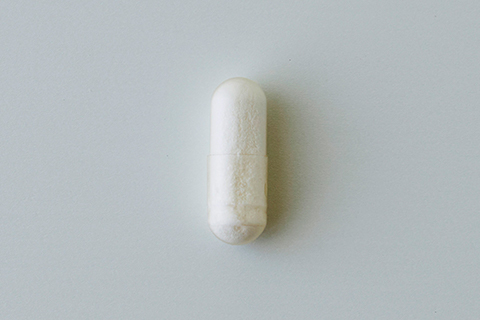
NAD+ Supplements: A Complete Guide
